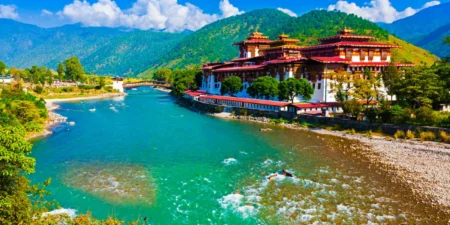Firewalking first started as a rite of passage In India during the Iron Age. Theemithi (firewalking) is a Hindu religious practice for the blessings of Goddess Draupadi. Walking across the fire signifies your devotion to the Goddess, while in exchange getting a wish. While firewalking, you walk barefoot over burning embers or stones for 10-15 feet. I’ve always wondered, how are they not feeling any pain? Was it a mental thing?
Firewalking has expanded to many different cultures in areas such as Malaysia, Singapore, Japan, and even the United States. The science of it is so interesting, it was worth looking into. Researchers found that people were not suffering severe burns by walking across the fire pit. While conducting their research they had an American man walk across the pit, then a Hindu cultured man to walk across to define if it was spirituality or a religious entity protecting from burns. The study turned out to see that both American and Hindu participants both suffered no burns.
The actual physics behind not getting burnt by firewalking is quite simple. While walking across the hot coals, your feet don’t make prolonged contact with the coals; it’s a fast movement. Coal doesn’t take in heat easily, which means that the coals aren’t going to be transferring extremely hot heat to your feet unless it reaches about 1000 degrees. Although, this doesn’t mean that things always go smoothly.
In a recent article, it’s said that 20 employees at a Swiss Corporate Retreat received severe burns during a firewalking ceremony in Switzerland. The company’s goal was to increase team-building within the company, so what better idea than to walk across fire together? As the culture of this ceremony travels around the world, it’s important to research the way in which it should be done. There’s certain things that are included in the original ceremonies by Hindu’s that dull effects of the fire, such as ash, special wood(s), and special coal(s). Engage in the practice at your own risk.






